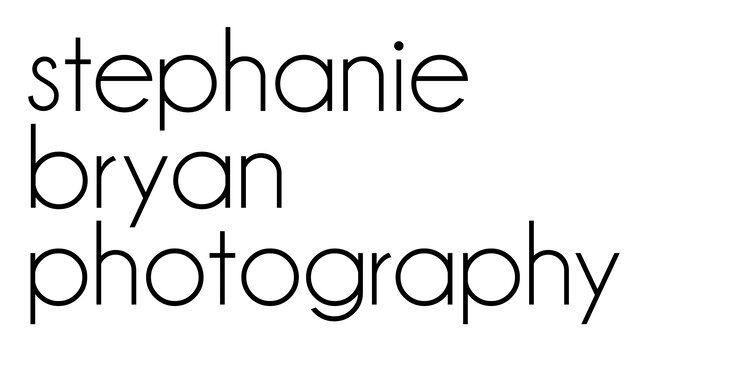If I'm honest, a few years ago I kind of didn't even know what people meant when they said "RAW" files. I knew they weren't talking about my JPEG files, but I really had no idea what it meant to shoot in RAW. I mean, it took me forever to teach myself manual mode, so branching out to RAW files seemed waaaay too scary. Sound familiar?
Let me be the first to tell you that RAW definitely DOES NOT equal scary. It equals AMAZING and if you have been on the fence about switching from JPEG to RAW, then I am here to convince you to go for it.
So what is a RAW file anyway? In a nutshell, a RAW file is an unprocessed image. It's the image as seen by the camera's sensor and it has not been processed by the camera.
So why should you shoot in RAW?
1. You are in full control
When you shoot in JPEG, you let your camera do all of the work. Your camera reads the image, the light, the shadows, the colors, and then decides what goes, what stays, what should change. In RAW, the camera's sensor reads the image as is and then YOU can adjust where you feel necessary.
By shooting in RAW, you have full control over your image. Did you blow out your sky because you wanted your subject properly exposed? No problem - you can fix that in Lightroom or Photoshop. Did you accidentally underexpose your subject? No worries - you can fix your exposure in post-processing. Basically, when you shoot in RAW, you are able to choose what details need to be tweaked or restored. You are given full creative rights to your photo and you can make it pop in whatever ways you desire!
2. Fix over or under-exposed photos in a snap
Since your photos haven't been compressed by the camera, you can easily fix underexposed or overexposed photos. It seriously only takes one second to fix an improperly exposed image.
3. Appropriately adjust your white balance
I try to set my white balance prior to my shot, but sometimes I forget or sometimes the moment happens so quickly I don't have the time to change my settings. Just like exposure, you can easily adjust the white balance in either Lightroom or Photoshop.
4. Save the detail in your images
When you shoot in JPEG and your camera interrupts and compresses the image, you loose the detail of your photo. With a RAW file, you can easily tweak and sharpen the image (or parts of the image) to your liking.
5. Original file is untouched
When you shoot in RAW, the original data is never changed. All of the adjustments or edits you make to the file are just telling the post-processing program (Lightroom or Photoshop) how to read the file. Once your edits are complete, the new file is usually saved as either a JPEG or TIFF file, but you will always have the original version.
looking for more photography tips + inspiration?
follow on instagram












